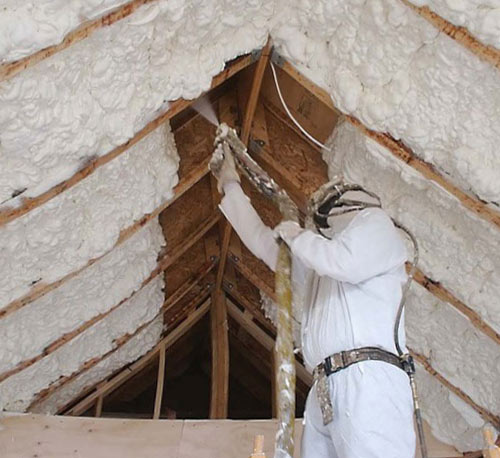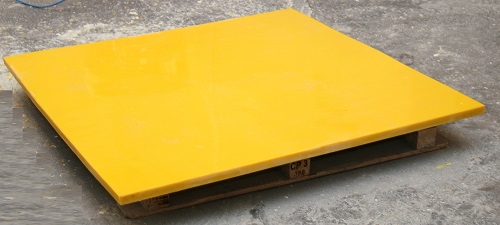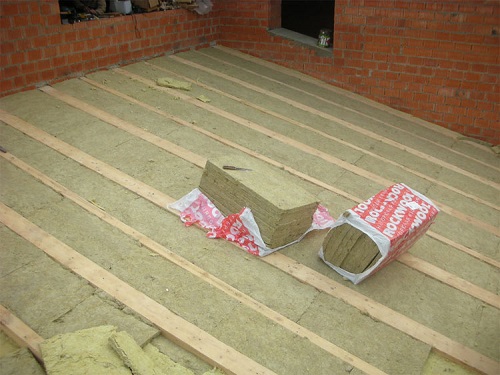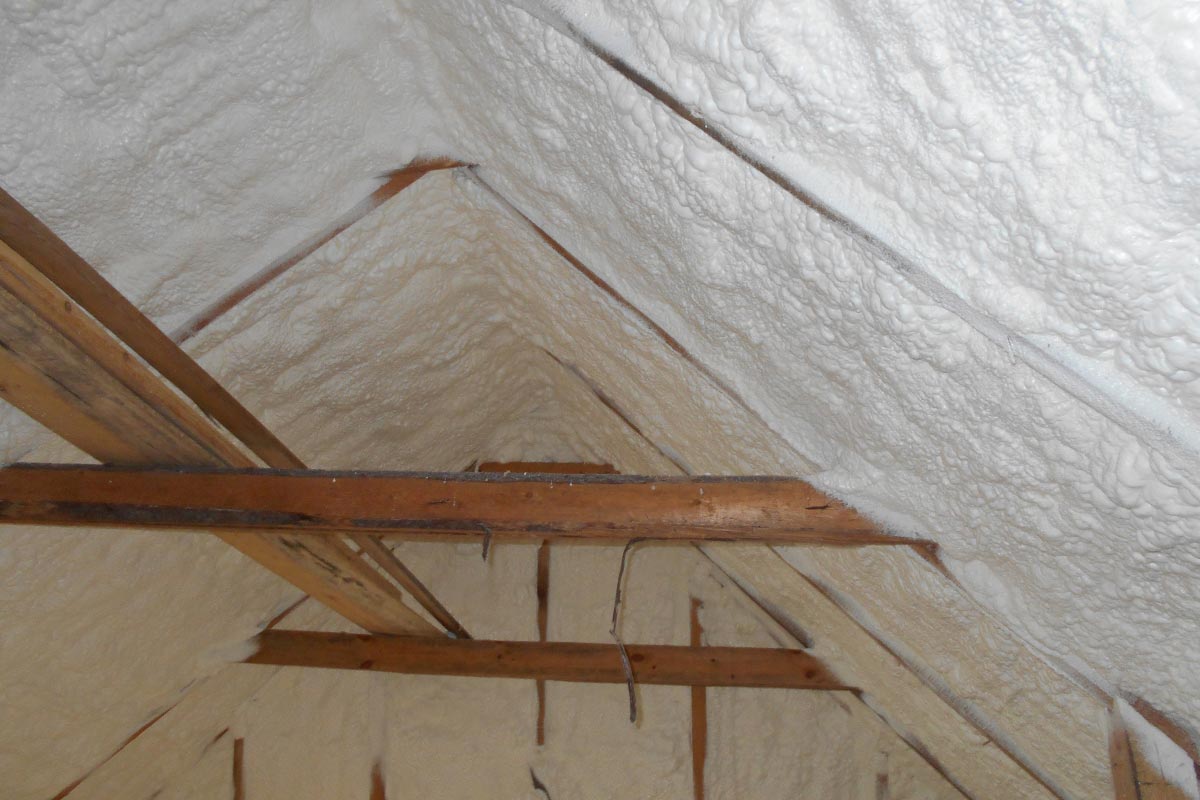The main function of the roof of any home is the ability to retain moisture and retain heat in the house. Therefore, insulation of the roof from the inside is no less important and mandatory process than insulation from the outside.
Today we will tell you how to insulate the inside of the roof.
Content
The choice of material for insulation
The first thing you need to know is how to choose the material for roofing, heat and waterproofing. Today's market offers a large number of building insulating roof insulation, which have excellent performance properties.
When choosing materials for roof insulation, especially if you decide to do it yourself, you need to consider:
- Operational properties.
- The price of the material.
- Resistance to climatic and mechanical damage.
In addition, much depends on the configuration of the roof itself. They are:
- Flat roof.
- Pitched roof.
- Attic.
- Tent.

Among the materials for roof insulation, mineral wool boards, foam concrete, polyurethane foam, fiberglass and polystyrene boards, and foam glass are widespread.
All heaters to varying degrees and for different types of roofs have differences in their environmental friendliness, water absorption, thermal conductivity, as well as vapor permeability.
The list of characterizing properties of materials for insulation also includes price and strength parameters. The most popular insulation today is mineral wool boards. This is due to the fact that this material is able to withstand high temperatures and has low thermal conductivity.
In addition, it is universal - they can produce both insulation of the pitched roof, and other types of roofs.
Mineral wool and isover
Mineral wool is made on different bases. There are such varieties:
- Based on basalt.
- Based on fiberglass.
- Styrofoam.
- Cellulosic materials.
- Foam glass.
To insulate the roof from the inside, it is best to use the first two types of mineral wool. But do not forget that fiberglass does not have high moisture-absorbing properties. In addition, when using cotton wool, additional costs are needed, since it requires hydro- and vapor barrier protection (inside and out).
Recently, such a heater for roofs as isover is gaining popularity. It has a special manufacturing technology, due to which the structure of the glass fibers contains air. Air bubbles contribute to the extremely low thermal conductivity of fiberglass (not more than 0.044 W / mK).
Also, isover has inherent high acoustic qualities that provide additional comfort in the house.
One of the most important positive properties of glass wool is its durability. The service life can be half a century, if not more. Perhaps only this type of material possesses such an indicator.

And another property of glass wool, which is especially important in cases of construction of wooden houses - it does not burn and contributes to high vapor tightness.
Along with heaters, waterproofing materials are also used, which protect the house from moisture. Today, materials such as roofing material, mastic, polyurethane and others are popular.

This list of materials is incomplete, because if you are planning to insulate the roof with your own hands, do not rush to buy material without consulting with specialists. Incorrectly selected material and its installation can lead to heat loss in your home!
Basic rules of warming
- When insulating the roof from the inside, make sure that the insulating material does not block the ventilation gap.
- If you use a superdiffusion membrane in the installation, install heat-insulating materials close to it (so as not to block the ventilation gap).
- If you use a conventional under-roofing film, you need to provide two gaps: under and above the film.
- The joints of the insulation boards in the layers in the neighborhood should be staggered.
- To seal tightly to the rafters, its width should be greater than the distance between the rafters.
- Thermal insulation boards should carefully fit together.
- If you use mineral wool boards, then waterproofing material is also necessary. When installing it, special attention is required to the quality of installation and the execution of joints.
- In the case of a large step between the rafters, the material must also be fixed from the side of the room (screw the screws into the rafters and pull the wire between them).
- If the cross section of the rafters is small, then lay the insulation between and under the beams.

Experienced builders recommend the following: if the insulation layer is 200 mm, then it is better to use not four layers with a size of 50 mm, but two layers with a size of 100 mm.
Preparation Process: Highlights
We already know that the choice of insulation depends on the configuration of the roof itself. For example, a heater for a pitched roof (normal) does not require such expenses as a heater, for example, for a four-pitched roof.
This affects the installation technique.
So, what stages of preparation you need to go through before you do roof insulation.
- Checking the elements of the roof. If you find damage, dampness or decay, then these elements need to be replaced.
- Treat roofing elements with an antiseptic.
- Check electric wires, heating and water supply details (if they are under the roof).
The process of insulating pitched roof

For this type of roof, soft roll or plate materials are best suited. They are stacked on the crate between the rafters.
In the process of insulation, the insulation needs protection from below - a vapor barrier film and from above - a sealing tape. Between the insulation and the roof covering there should be a gap.
In addition to the method of laying thermal insulation between the rafters, there is another one - laying materials on the rafters. If this is done correctly, then the insulation, in addition to its main function, will perform another one - insulation of the house.
Errors in the work of laying thermal insulation
Do-it-yourself warming the roof is a simple process at first glance, but self-taught masters often make the same mistakes. The most popular of them is the wrong material and its width.
In no case should the width of the material be narrower than required. If this happened, the formation of cracks is inevitable, and this already entails the inefficiency of roof insulation in general.
The second mistake is the moisture content of the material. This also must not be allowed, otherwise the metal elements will rust, and the design of the rafters and bulkheads will pretty rot. In addition, the under-roof space will be filled with an unpleasant odor. And if the insulation is too wet, then the leakage of water into the house is inevitable.
Another mistake is the lack of vapor barrier and waterproofing. All the money and time spent by you can go down the drain if you do not protect the thermal insulation layer from moisture and, most importantly, from the accumulation of water in it. Therefore, moisture-proof materials are required here, which can protect the space under the roof and the layer of thermal insulation on the outside.
As for the side of the living area, vapor barrier will create protection against water vapor.
Roof insulation
Do-it-yourself roof insulation also includes a choice of materials for insulation. The main types of these include:
- Polyethylene films.
- Perforated Films.
- Films reinforced with mesh.
- Fabric-reinforced films.

When using these films, carefully monitor which side you stack them with (they are one-sided!), Otherwise the opposite effect will result.
Pitched roof: features of insulation
When planning the insulation of the pitched roof, which provides for the presence of a living room, provides its own nuances. In case of high humidity, reinforced films are used in the attic, where foil is applied on one side.
Do not forget to pay attention to those places where the ceiling adjoins to external walls. Here, the insulating material should adhere especially tightly to the walls. The presence of cornices also provides for their insulation so that cold air does not penetrate into the space under the roof.
In difficult areas, the film is attached with a construction stapler. It is very convenient and facilitates the process itself. In addition to the stapler, wood slats are also used for fastening.
We hope that our article will not remain useless for those who decide to independently engage in insulation of the roof of their house. Remember: to achieve excellent results in this matter is possible only if you follow the above rules, and also do not save on material and time.


Alas, no comments yet. Be the first!